ZOOLOGIST ................................ A biologist who studies animal life. ................................
INTRODUCTION
About the GED Test The GED test is a series of five examinations, created by the GED Testing Service, that are designed to measure your proficiency in high school-level curriculum. The tests include Language Arts, Writing; Language Arts, Reading; Social Studies; Science; and Mathematics. Students are expected to have a solid grasp of these core subject areas and be able to analyze information provided, problem solve, and communicate their thoughts and ideas appropriately.
The GED tests, which include a direct writing assessment, take more than seven hours to complete. Students who pass the GED tests receive certification that is equivalent to a high school diploma. The GED tests are available to students who meet the necessary state requirementsplease contact the official GED Testing Service (www.gedtestingservice.com/ged-testing-service) for requirements, application and registration information, and locations of GED test centers near you. How the GED Tests are Scored Each GED test is scored within a range of 200 to 800, and students earning a minimum score of 410 on each test and a minimum average test score of 450 are awarded with a GED test credential. GED Test Overview The following is a breakdown of the major topic areas covered on each GED test subtest: Language Arts, Reading 40 multiple-choice questions that cover the following: Fictional literature (75% of test), including at least one selection from each of the following: Poetry Drama Prose fiction before 1920 Prose fiction between 1920 and 1960 Prose fiction after 1960 Nonfiction (25% of test), including two selections of nonfiction prose from any two of the following areas: Nonfiction prose Visual and performing arts reviews Workplace and community documents Language Arts, Writing The Language Arts, Writing content area is divided into two parts (scores are combined and reported as one score). Part I 50 multiple-choice questions covering the following content areas: Organization (15%) Sentence structure (30%) Usage (30%) Mechanics (25%) Part II This part of the test requires you to write an essay on a familiar subject.
Youll have 45 minutes to plan, write, and edit your essay. Youll be required to present your opinion or explain your views on a provided topic, and your essay will be scored on the following: Focused main points Clear organization Specific development of ideas Sentence structure control, punctuation, grammar, word choice, and spelling Each essay reader will score your work on a four-point scale, and your scores will be averaged to make up your final score. If you earn a final score of less than two, you must retake the Language Arts, Writing exam. Mathematics 50 questions (80% multiple-choice questions; 20% constructed answers) divided into two parts, focusing on the following: Number operations and number sense (2030%) Measurement and geometry (2030%) Data analysis, statistics, and probability (2030%) Algebra, functions, and patterns (2030%) In addition to multiple-choice questions, constructed answer questions will require you to write answers on either standard or coordinate plane grids. Social Studies 50 multiple-choice questions from the following content areas: History (U.S. or Canada, 25%; World, 15%) Geography (15%) Civics and government (25%) Economics (20%) Science 50 multiple-choice questions from the following content areas: Physical science (physics and chemistry, 35%) Life science (45%) Earth and space science (20%) Information on each GED test subtest is available on the official GED test website: www.gedtestingservice.com/ged-testing-service.
How to Use this Book GED Test Flash Review is designed to help you prepare for and succeed on each of the subtests that make up the GED test. It contains 600 of the most commonly covered terms on the exam, along with their definitions, for quick and effective study and review. On one side of the page are three essential GED test terms; on the reverse side are their definitions and/or explanations. The terms are alphabetized for easy access. Please note that this book is not designed to give an exhaustive review of the entire scope of the concepts covered inside; it is meant to give you a concise, general overview of concepts that you will likely need to know in order to succeed on the GED test. Being fully aware of the essential terms covered in this book will put you in a great position for GED test success.
Using this Book to Prepare for the GED Test The following are some suggestions for making the most of GED Test Flash Review as you structure your study plan: Do not try to learn or memorize all of the 600 terms covered in this book all at once. Cramming is not the most effective approach to test prep. The best approach is to build a realistic study schedule that lets you review around 1015 terms each day. Review a set of terms and then quiz yourself to see how well youve learned them. Mark the terms that you have trouble with, so that they will be easy to return to later for further study. As you prepare for the GED test, you may come across terms that are unfamiliar or difficult for you.
We recommend that you consult this book for a quick review of the terms and concepts that often appear on the GED test. Make the most of this books portabilitytake it with you wherever and whenever you have some free study time.
OTHER TITLES OF INTEREST FROM LEARNINGEXPRESS GED Test Prep Copyright 2013 LearningExpress, LLC. All rights reserved under International and Pan American Copyright Conventions. Published in the United States by LearningExpress, LLC, New York. Printed in the United States of America 9 8 7 6 5 4 3 2 1 First Edition ISBN 978-1-57685-9254 For more information or to place an order, contact LearningExpress at: 80 Broad Street Suite 400 New York, NY 10004 Or visit us at: www.learningexpressllc.com
CONTENTS
INTRODUCTION A B C D E F G H I J K L M N O P Q R S T U V W X Y Z
A
ABOLITIONISM ................................
ABSOLUTE VALUE ................................ ABSTRACT LANGUAGE A reform movement during the eighteenth and nineteenth centuries that advocated the end of African slavery in Europe and the Americas. ................................ For a number, this is the distance, or number of units, from the origin on a number line. Absolute value is the size of the number and is always positive. For example, |5l = 5  ................................
................................
Words or phrases that refer to intangible ideas or to classes of people and objects rather than the people or things themselves. Abstractions are built on concrete ideas. ACCELERATION ................................ ACCELERATION DUE TO GRAVITY ................................ ACCURACY The rate that velocity changes per unit of time and the direction it changes in, computed from the change in velocity divided by the change in time. ................................ ................................
The acceleration of an object that is only acted on by the force of Earths gravity. This value is given the symbol g , and near the surface of Earth, it has a value of approximately 9.8 m/s . The direction of acceleration due to gravity is downward. ................................ The closeness of an experimental measurement to the accepted or theoretical value. ACID ................................
ACTIVE VOICE ................................ ACUTE ANGLE A substance that is a proton donor. The pH of an acid is less than 7. 


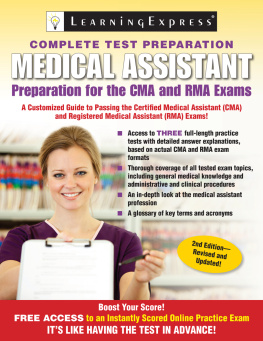
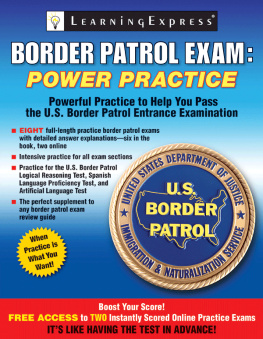
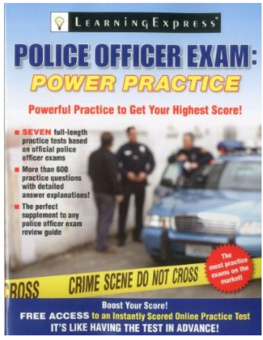
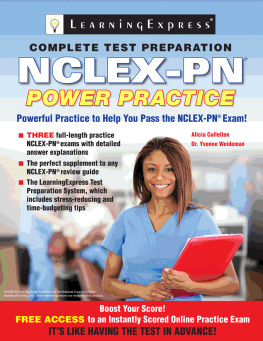

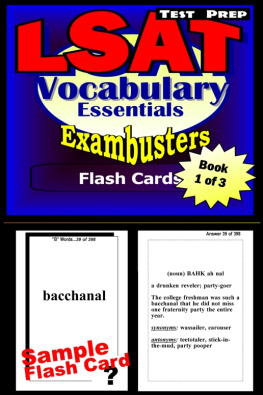
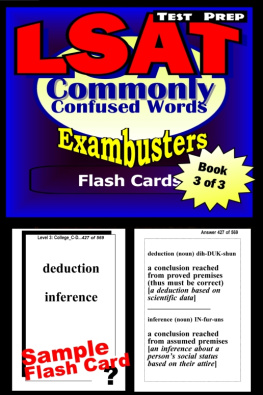
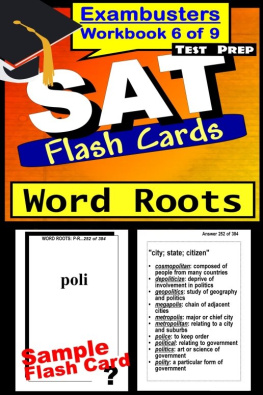



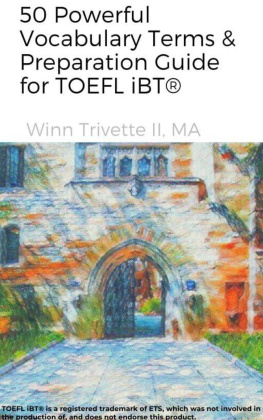

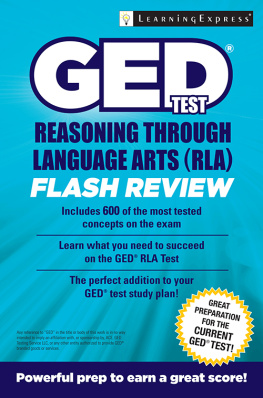




 ................................
................................